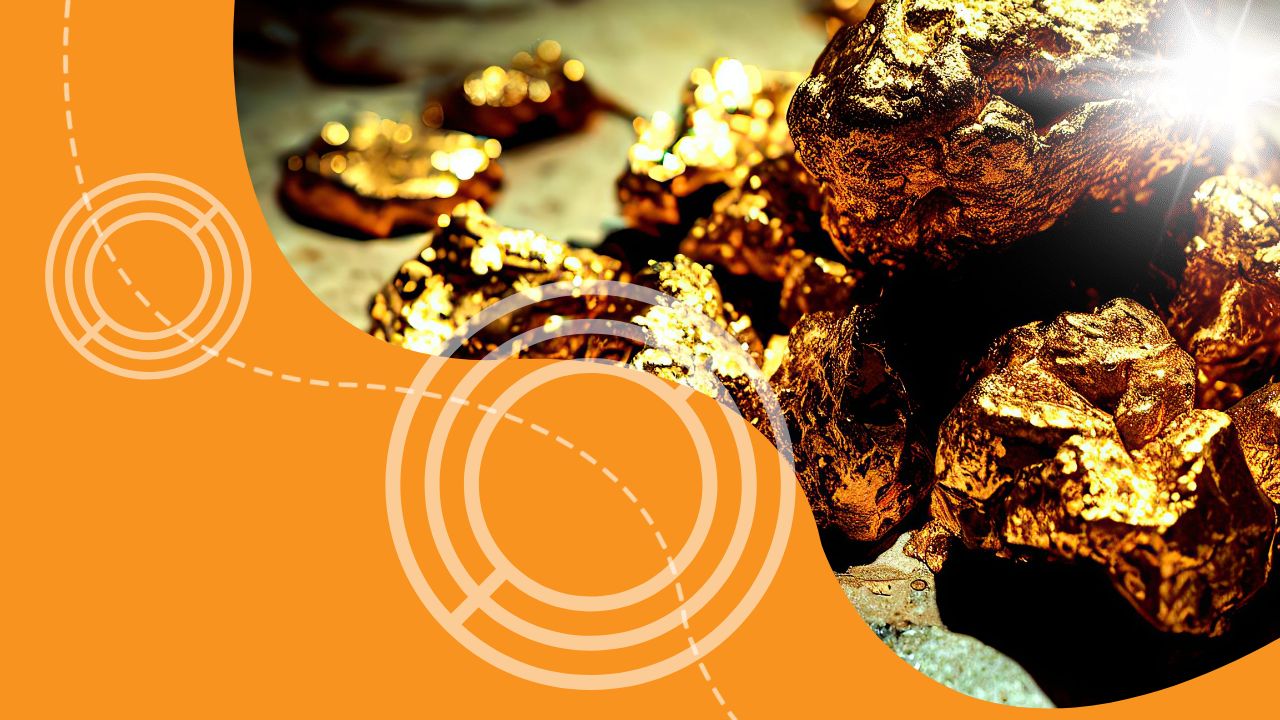Data from the World Gold Council reveals that approximately 210,000 tons of gold have been extracted globally thus far, with a significant portion, around a quarter, still lying undiscovered beneath the Earth’s surface. It’s estimated that within Serbian mines alone, there are roughly 700 tons of gold yet to be unearthed.
This surge in gold prospecting is evidenced by the Ministry of Mining and Energy’s report, indicating that currently, 31 companies are actively engaged in geological explorations for gold and associated metals across Serbia. This marks a nearly twofold increase in gold exploration endeavours compared to just a year ago.
According to ministry officials, gold is commonly found in association with copper, and the exploitation of ore, which yields gold among other metals, is predominantly carried out by three key companies. The Geological Survey of Serbia’s mineral reserve balance, as of the end of 2022, estimates proven reserves of copper, gold, and related metals ores to total around 1.7 billion tons, similar to neighbouring countries.
Professor Dr Rade Jelenković from the Faculty of Mining and Geology in Belgrade attests to Serbia’s gold wealth, stating it’s on par with countries like Bulgaria and Romania.
The quantity of estimated gold mineral resources in Serbia varies, ranging from 625 to over 750 tons. However, only a fraction of these resources have been tapped into due to various factors, including mining challenges, limited ore reserves, and other operational considerations.
Notably, significant quantities of gold are being extracted from copper deposits in eastern Serbia, with prominent sites like Majdanpek, Bor, and the recently discovered Čukaru Peki deposit leading the charge. These deposits hold proven reserves, making them economically viable for extraction.
Professor Jelenković explains that while Serbia’s annual gold production from copper deposits currently stands at 1.2 to two tons, historical figures indicate it once reached up to five tons annually. In comparison, other countries like Turkey, Bulgaria, Finland, and Sweden boast larger mineral gold resources and higher production volumes.
Georgi Hristov, CEO of “Tavex Serbia,” underscores China’s dominance as the world’s largest gold producer, followed closely by Australia and Russia. Together, they contribute a substantial portion of the global gold supply.
Of the gold in circulation worldwide, a significant portion is allocated to various purposes: jewellery (approximately 96,000 tons), investment gold (around 47,000 tons), central bank reserves (approximately 36,000 tons), and industrial and medical applications (the remaining 30,000 tons).
In essence, Serbia’s burgeoning gold exploration activities reflect the ongoing global pursuit of this precious metal, highlighting its significance in both economic and industrial contexts.

